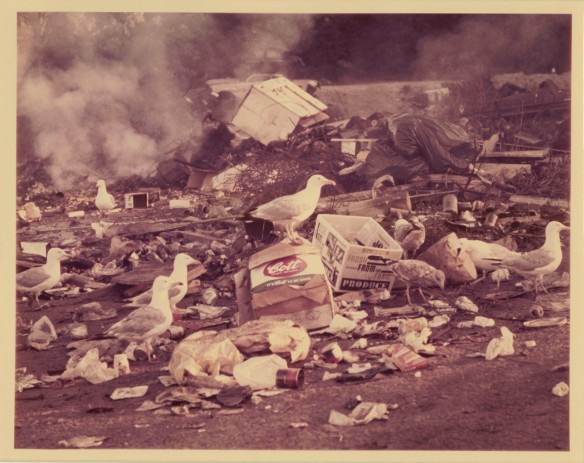Discovering History and Art in the David C. Driskell Papers’ Photos
The David C. Driskell Center team has been making steady progress in its Institution of Libraries and Museum Studies (IMLS) grant’s digitization project. We’ve developed procedures and work flows for scanning archival photographs and slides. To assist with scanning of photographs, slides, and transparencies, the Driskell Center hired David Conway, a graduate student in the Master of Library and Information Science program at the College of Information Studies at UMD. We are currently working on scanning photographs from David C. Driskell’s Papers. Photographs are available for viewing on the Driskell Center website as we get them uploaded; see http://driskellcenter.pastperfectonline.com/photo.
Scanning
Photographs from the David C. Driskell Papers archives are scanned by David Conway.
My interest in preservation of cultural artifacts is what led me to pursue a career in archives. It is particularly rewarding to play a small part in bringing the history, represented in these photos, to a much wider audience.
I’ve thoroughly enjoyed working with photos that not only document the history of African American art, but the lives of the people who created and supported it. Through David C. Driskell’s Papers, we spend time at early openings at the Barnett-Aden Gallery in Washington, DC (one of the first galleries devoted to exhibiting African American art), while the civil rights movement was gaining momentum in the early 1960s. We witness a coalescence of the community of artists and educators with Professor Driskell’s appointment at Fisk and visits by artists like Jacob Lawrence and Romare Bearden (both captured in seldom seen candid shots). This period of increased recognition culminates in photos taken during “Two Centuries of Black American Art, 1750-1950,” the groundbreaking exhibition that Professor Driskell curated at the Los Angeles County Museum of Art (LACMA) in 1976.
My work with the photographs so far has taken me through the 1970s, corresponding roughly to the first third of the 900+ photos currently included in the Papers. I look forward to the rest.
Uploading
Tamara Schlossenberg has been working on quality control and uploading photographs to Past Perfect so they will be accessible on the Driskell Center’s website.
Part of uploading and quality checking scanned photographs includes taking a close look at each details of a photograph to make sure they are rendered well on the computer, and that any pre-existing photo conditions are listed on the online record. This detail allows me to see the textures of the photograph in a new way and to better appreciate the process of photography. It has also made me wonder where the line between artistic photography and archival or candid photography lies. What if the candid photograph is taken by a famous artist? Or if the photograph, despite maybe not being a high a quality print, shows that attention to subject, angle and lighting was all taken into account? There is a photo in the collection that was sent to David Driskell by Earl Hooks of seagulls amongst a trash dump. The photo stands out from the others in the collection as it isn’t clearly documenting a moment or event in David Driskell’s life, like most of the photographs in the Driskell papers. The faded photograph, taken by Earl J. Hooks on a 1971 trip to Maine, seems to be a more artistic framing the birds.

There are many clearly thought out and posed portraits in the collection, as well, some that were used for articles and publicity, as indicated by notes on the photographs. Within the Driskell papers photographs there are many beautiful and aesthetic photographs even if they weren’t intended to be art.
Published at Thu, 24 May 2018 16:01:49 +0000

